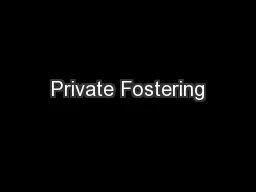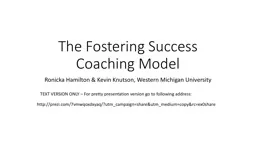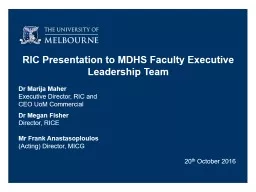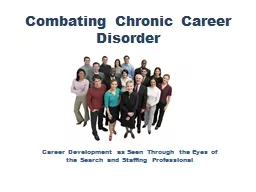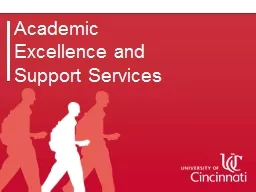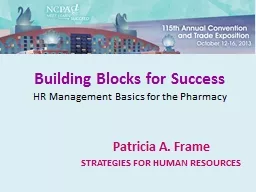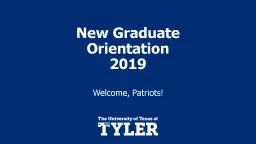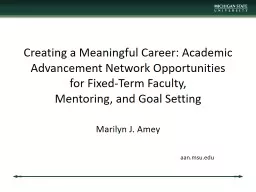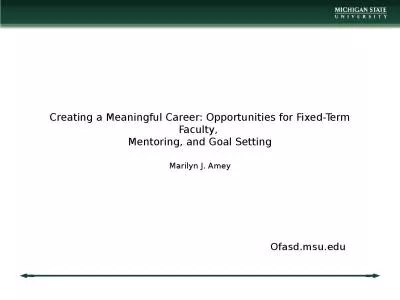PPT-Building and Fostering a Culture of Success through the Program for Academic and Career
Author : alexa-scheidler | Published Date : 2019-06-29
PACE California State University Stanislaus James T Strong Suzanne Espinoza J Martyn Gunn Shawna Young Stuart Sims Our Region Turlock CA Central Valley 665 of
Presentation Embed Code
Download Presentation
Download Presentation The PPT/PDF document "Building and Fostering a Culture of Succ..." is the property of its rightful owner. Permission is granted to download and print the materials on this website for personal, non-commercial use only, and to display it on your personal computer provided you do not modify the materials and that you retain all copyright notices contained in the materials. By downloading content from our website, you accept the terms of this agreement.
Building and Fostering a Culture of Success through the Program for Academic and Career: Transcript
Download Rules Of Document
"Building and Fostering a Culture of Success through the Program for Academic and Career"The content belongs to its owner. You may download and print it for personal use, without modification, and keep all copyright notices. By downloading, you agree to these terms.
Related Documents


